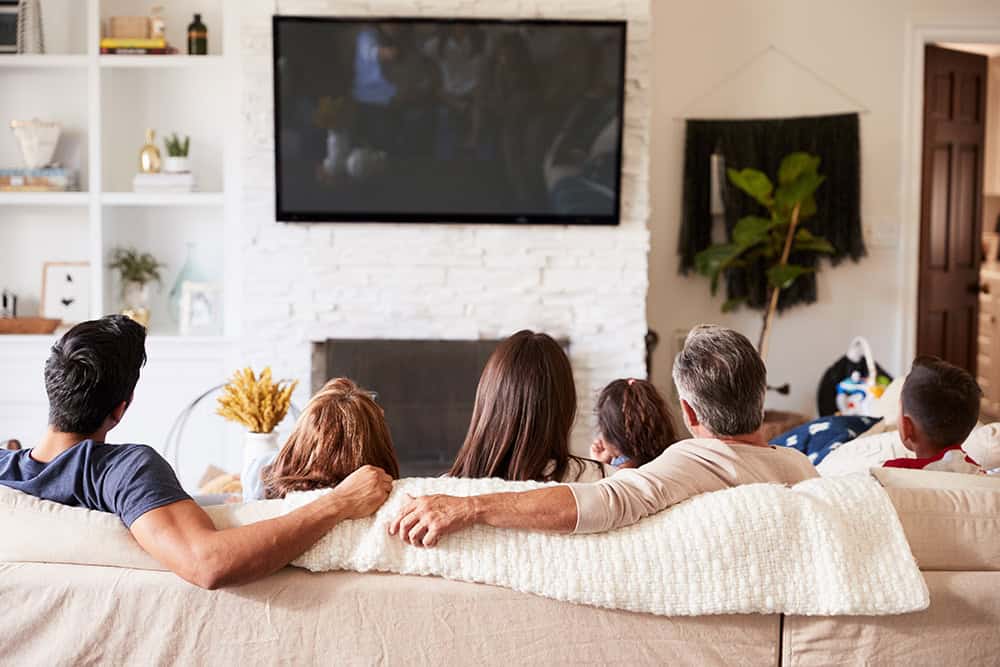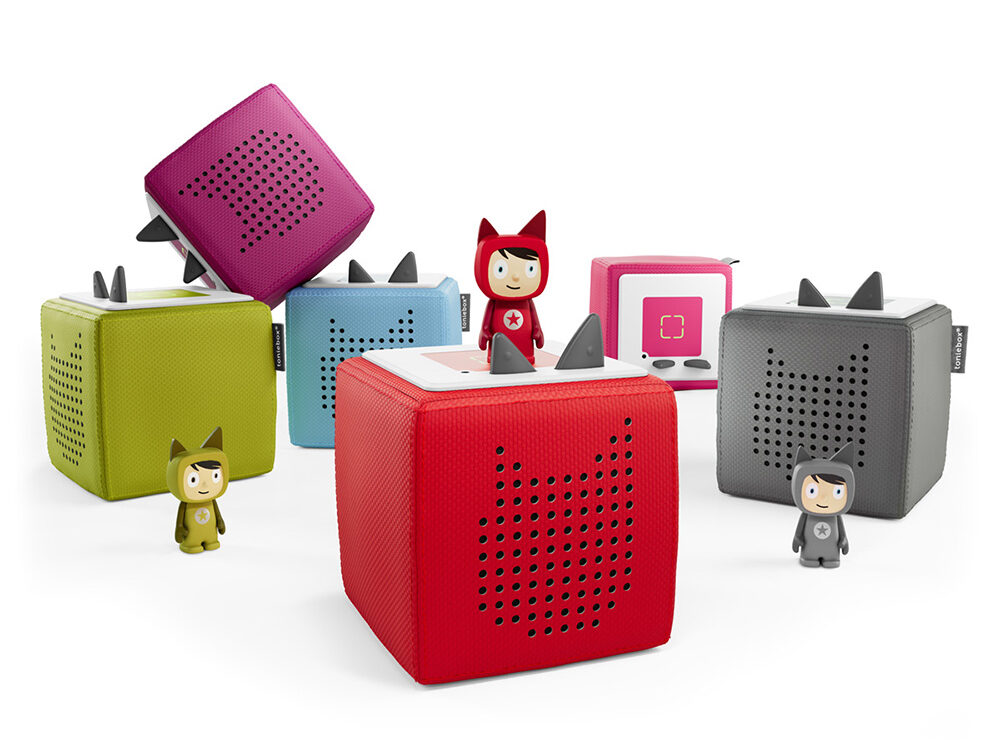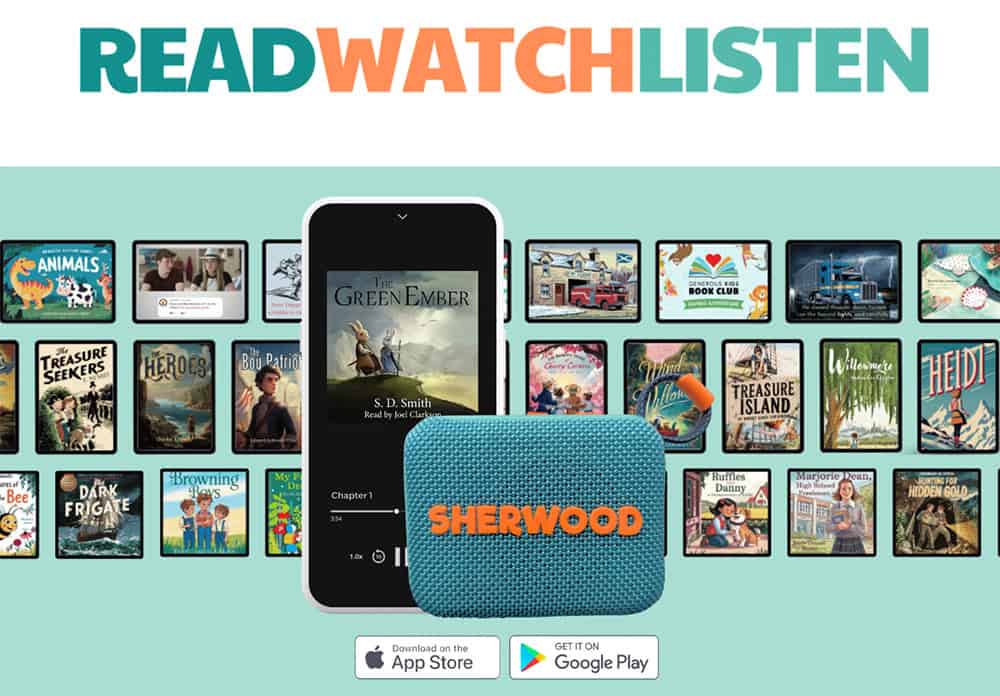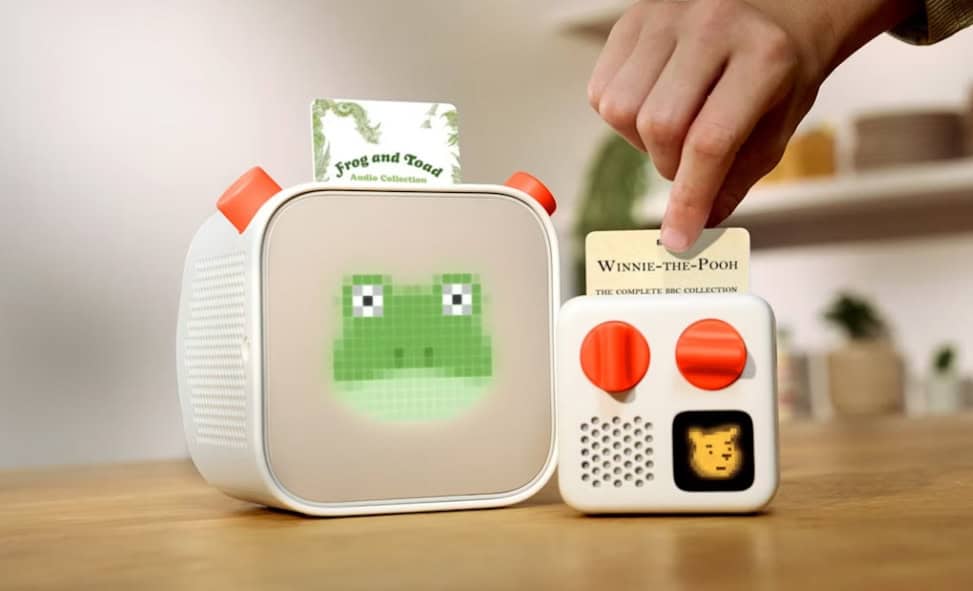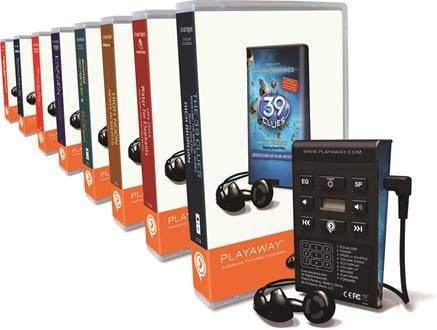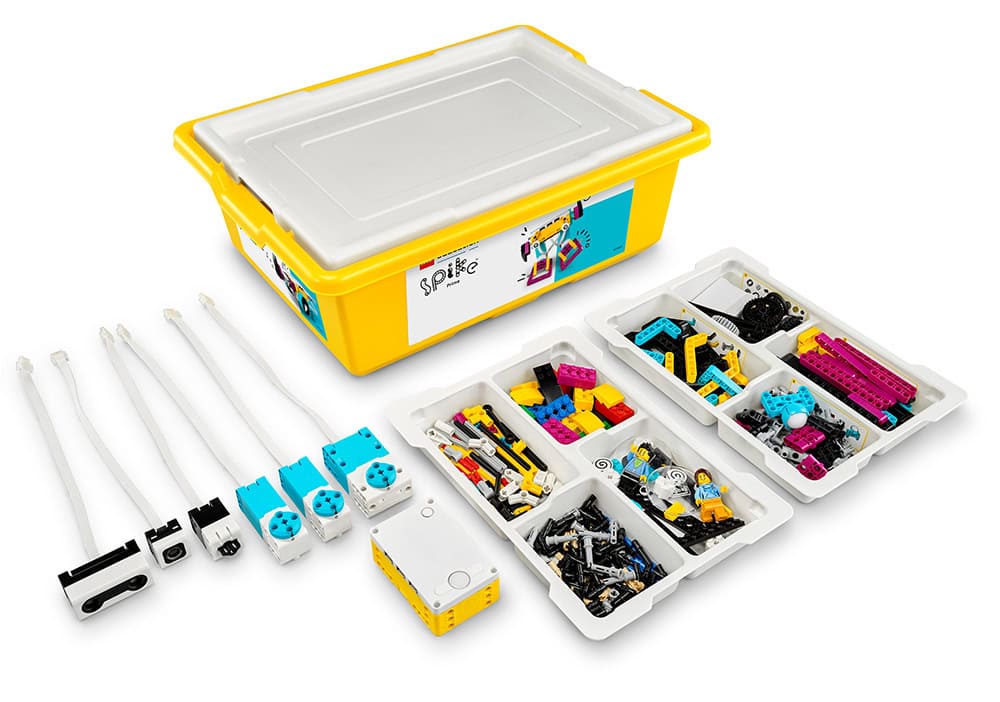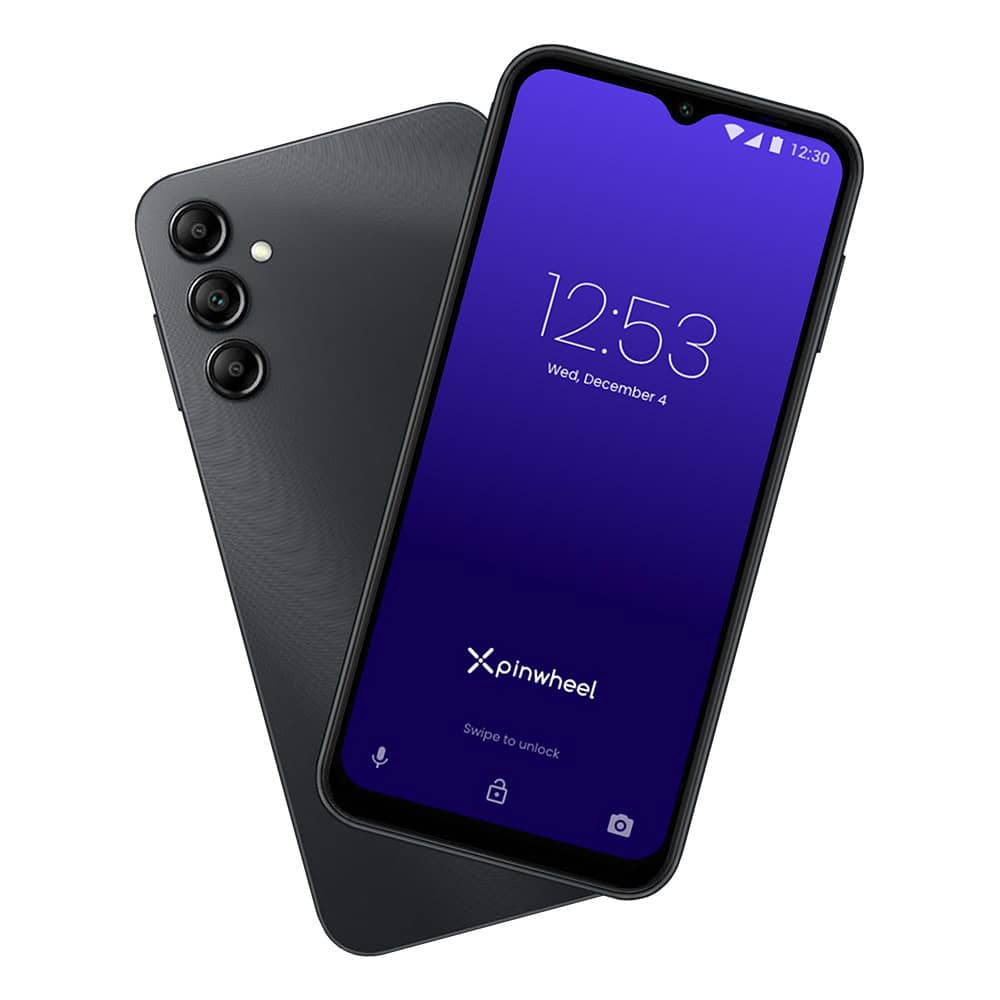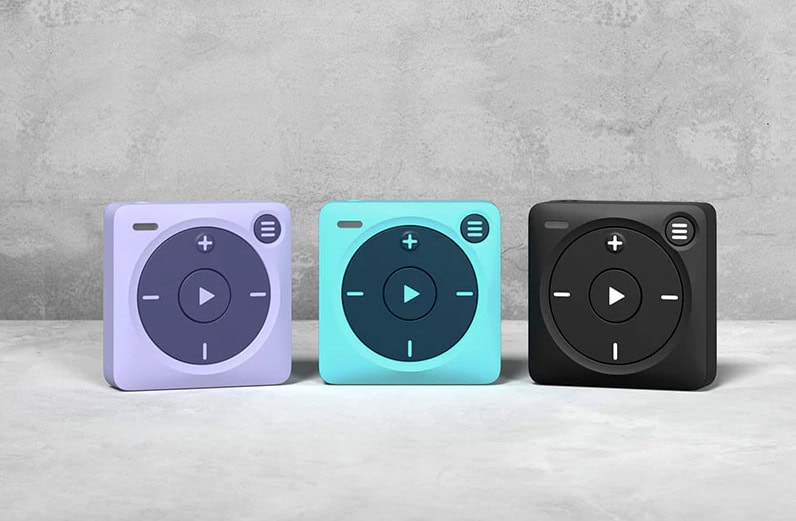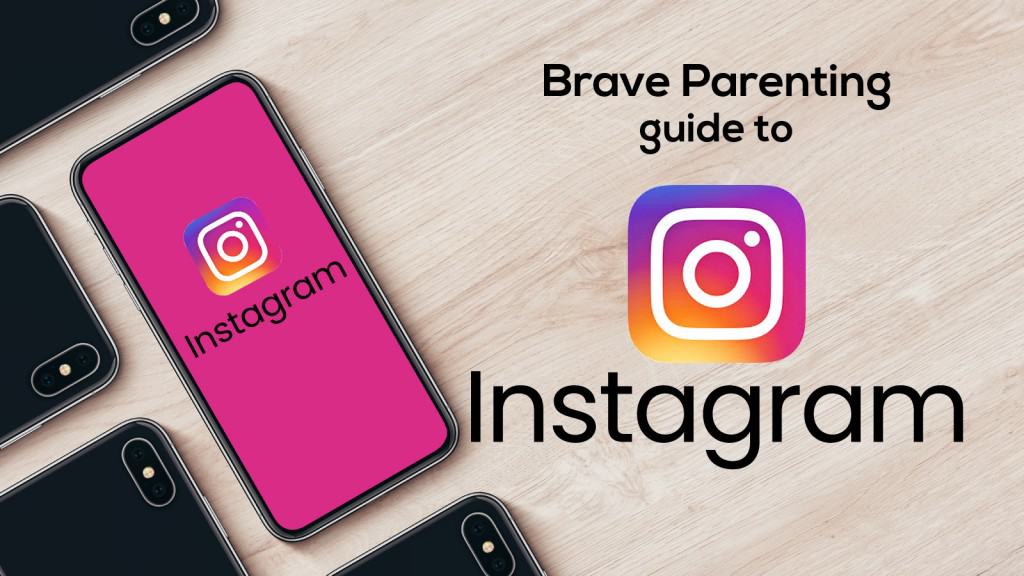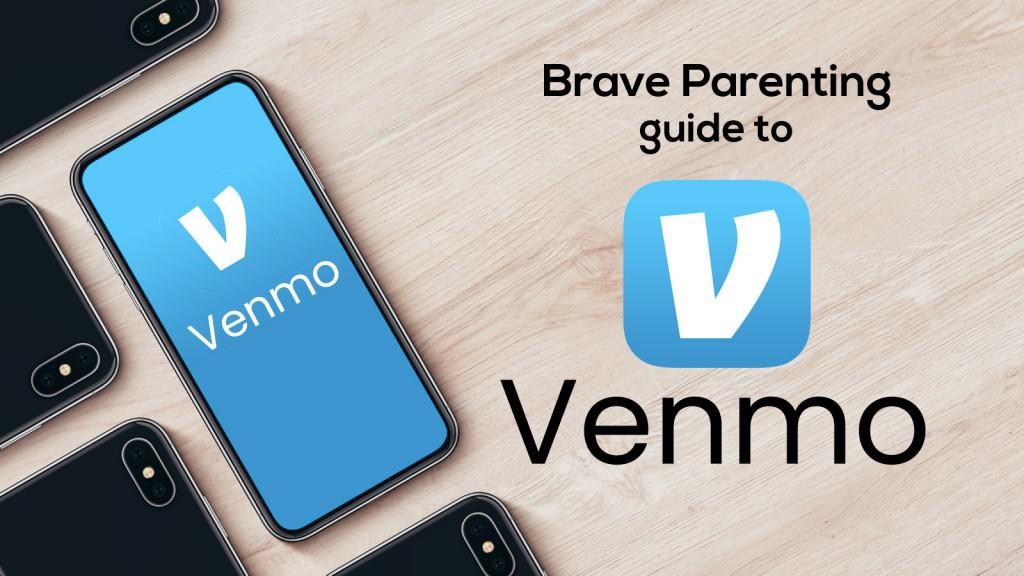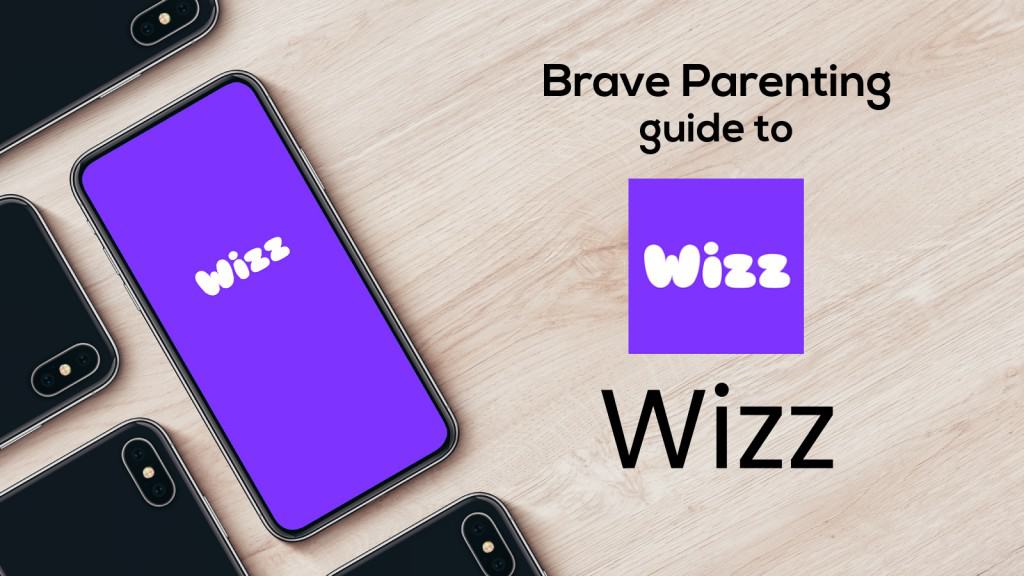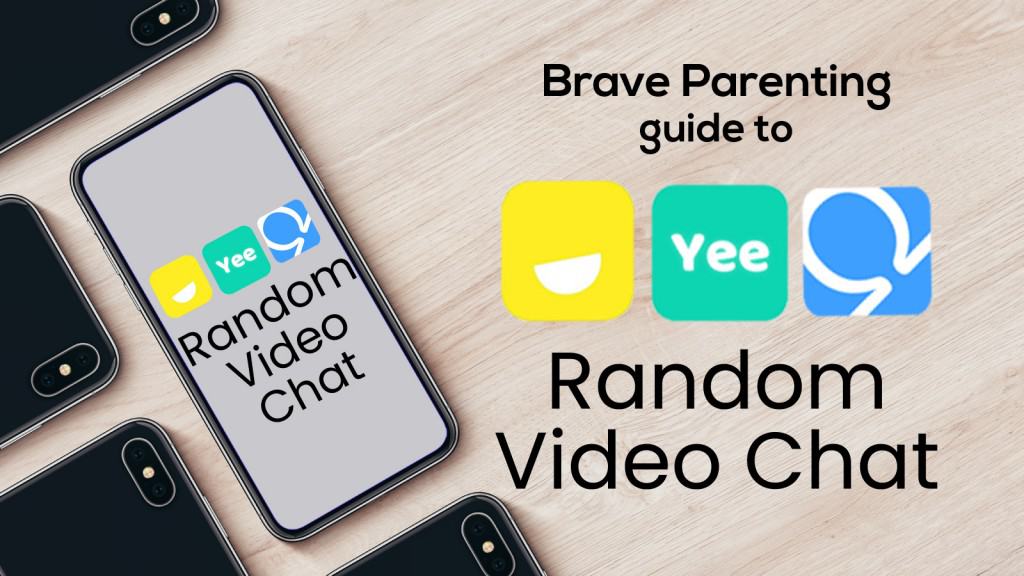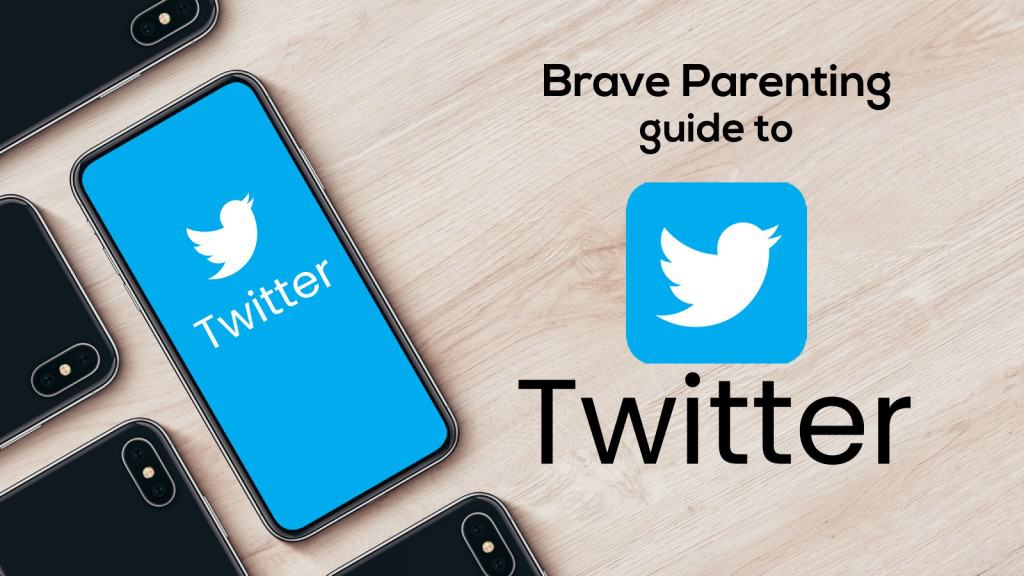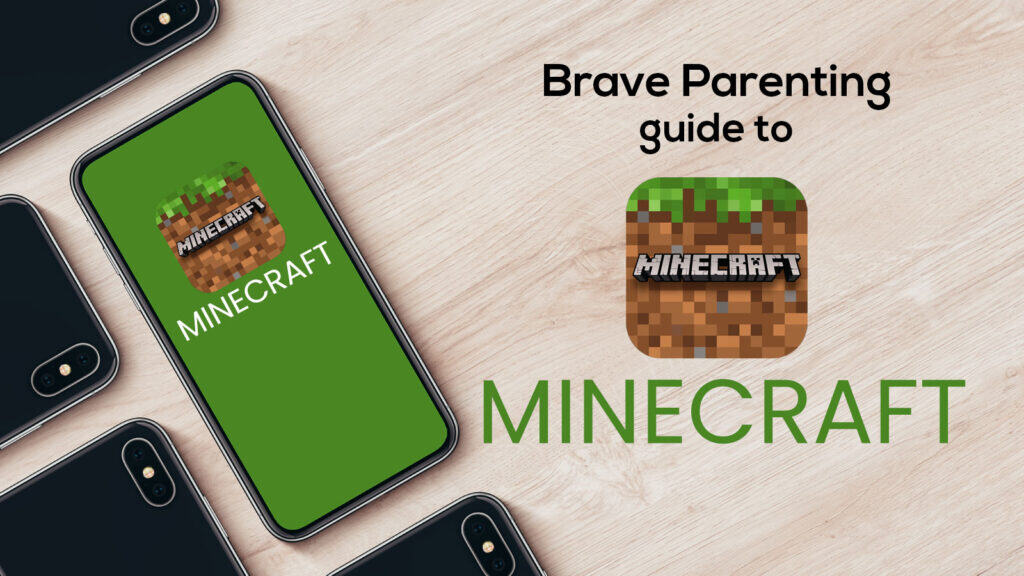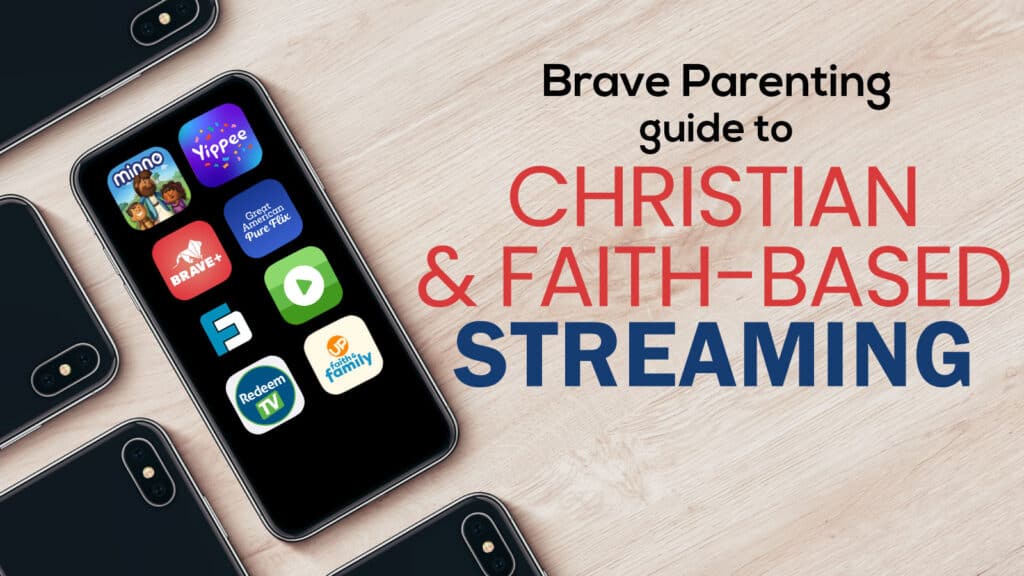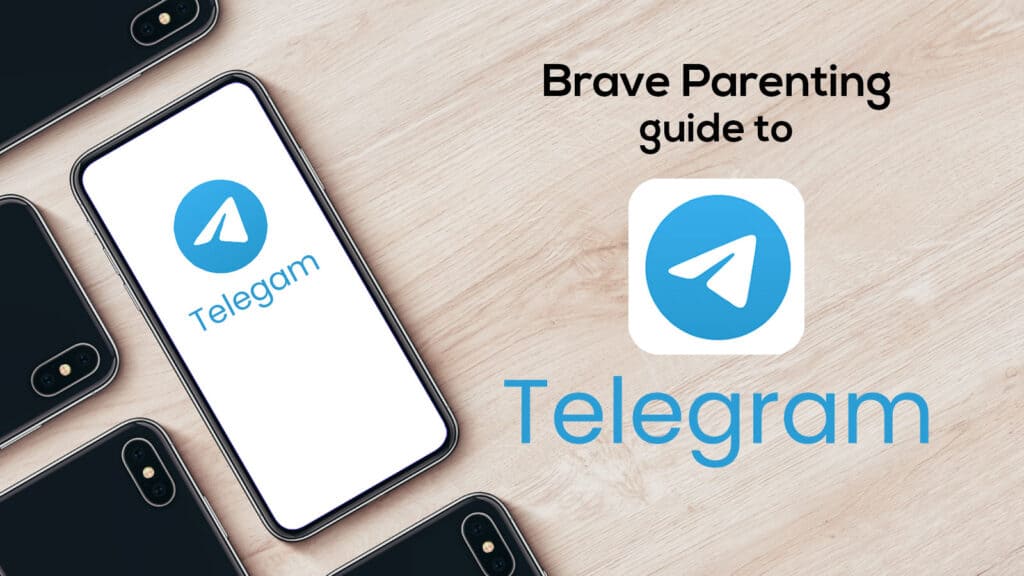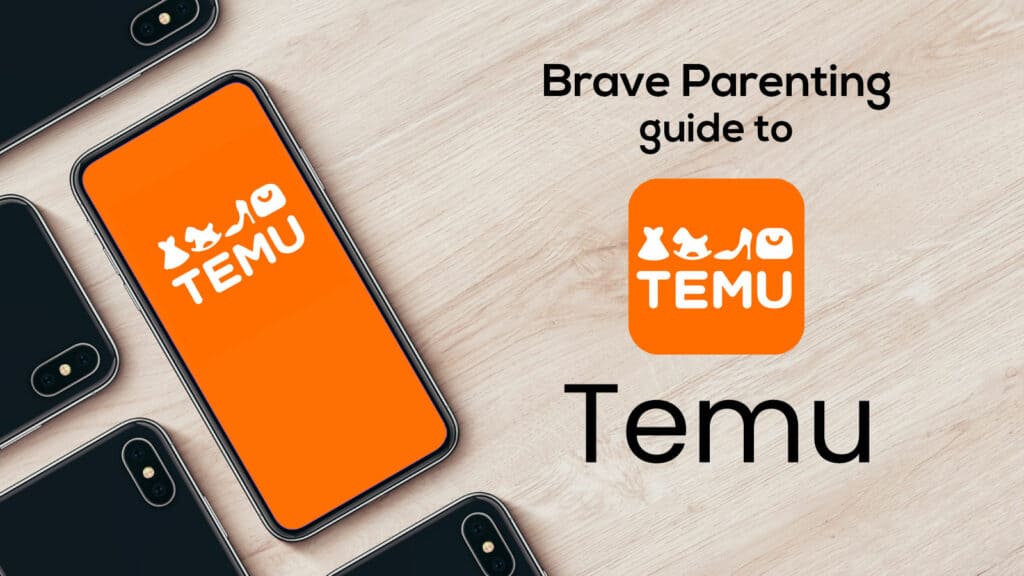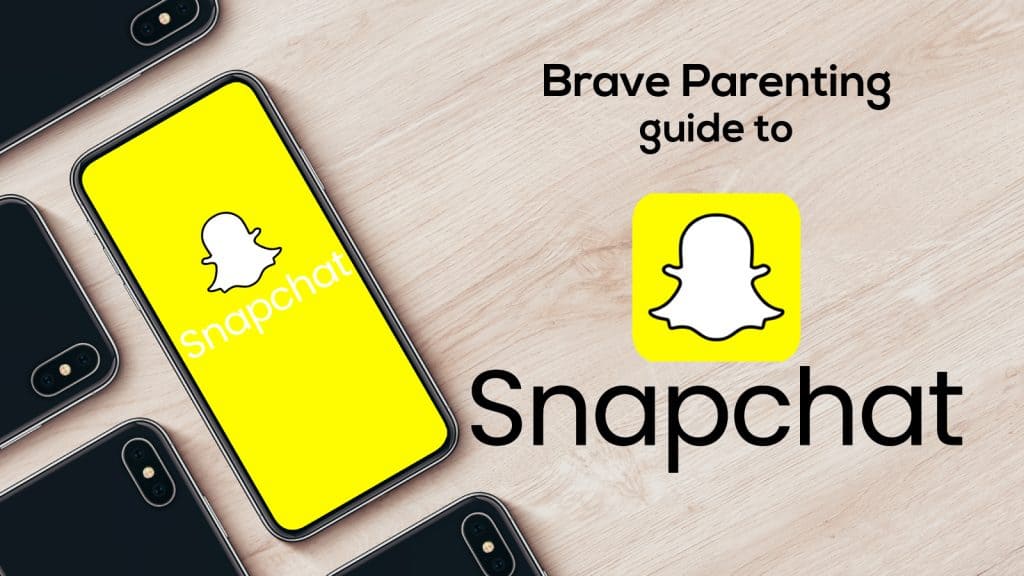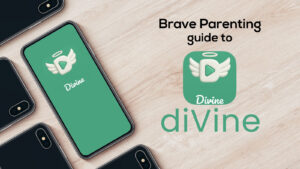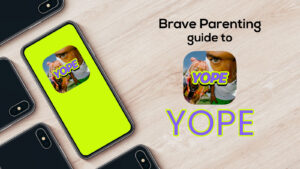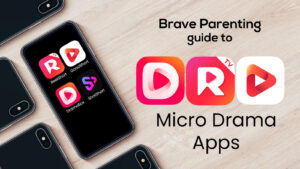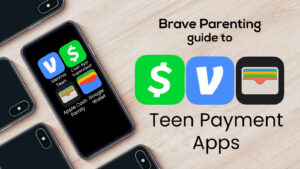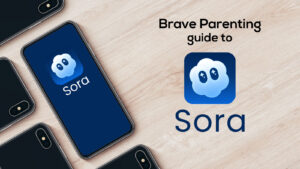[This article contains some affiliate links]
Our culture is saturated with online media and technology. While adults can use and engage with many online tools, platforms, and devices, children are different. Their brains, bodies, and hearts are still developing, and exposure to an endless stream of content and addictive algorithms can have immediate and lifelong consequences.
So while Brave Parenting is not anti-technology, we are unapologetically pro-childhood. We believe parents can (and must) wisely steward technology to protect innocence, promote healthy development, and disciple children in Christ.
This post summarizes what Brave Parenting approves for children under 12, and why.
The Five Rules that Guide Every Recommendation
1. No personal, hand-held devices.
These are inherently isolating. And we know that Satan prowls around like a roaring lion, looking for someone to devour (1 Peter 5:8).
2. Offline
Removes the harm of infinite content, invisible strangers, and intrusive algorithms. Be careful, then, how you live – not as unwise but as wise, making the most of every opportunity because the days are evil (Eph 5:15-16).
3. Communal Spaces
Visibility deters secrecy and invites accountability. Whoever conceals their sins does not prosper (Proverbs 28:13a).
4. Parent Present
Discipleship requires knowing what they are learning from outside sources. Beware of false prophets, who come to you in sheep’s clothing but inwardly are ravenous wolves (Matthew 7:15).
5. Purpose-driven
Tech is a tool, and when viewed as a gift from God, can be used to glorify Him. Every good and perfect gift is from above (James 1:17).
Approved for Under 12 (And How to Do It Well)
*Entertainment*
Television
- Keep TV in communal area
- Age-appropriate shows, movies, or documentaries
- Co-view new content or when the storyline needs commentary
- Dust off the DVD player; your local library likely has a collection of DVDs to borrow
- Streaming with strong age/content restrictions. Consider Christian or faith-based streaming services.
Why not personal devices, like iPads?
Handheld personal devices are inherently isolating and more entrancing than a mounted television that allows for little bodies to move and play while watching.
Gaming (with strict limits)
- Play only in communal spaces on a console/TV or a shared PC
- Offline only
- Co-played when possible
- Examples that fit these boundaries:
- Nintendo Switch: Mario Kart, Super Smash Bros., Super Mario Party
- PC (offline): Minecraft Java Edition, Terraria
- Any Console: LEGO franchise games, Overcooked, Moving Out, Human: Fall Flat, Super Bomberman
- Physically active play: Nex Playground (similar to the old Wii)
The simplest solution is to skip gaming entirely. If you allow it, you must do the work up front to set boundaries and preserve shared, offline, and time-restricted play.
*Entertainment Tools*
Toniebox (screen-free audio player)
Kids place a figurine (“Tonie”) on the box to play stories, songs, or read books. There is no screen and it has simple controls, but it does require Bluetooth connectivity. Kids from toddlers to ten years old love this audio player.
Sherwood Kids (curated content platform)
Subscription streaming model offering audiobooks, eBooks, read-along stories, and low-stimulation shows. Can download content for offline use. Do not install the app on a personal device for isolated consumption. Use it on a shared television (AppleTV/Chromecast) or on the Sherwood Kids audio speaker (free with a year-long subscription). A great option if you’re weaning a child off excessive screen time.
Yoto Player (card-based screen-free audio player)
Kids insert cards into the box to play stories, music, or read books. The box doubles as a Bluetooth speaker, a nightlight, and an alarm clock. Families can benefit from the longevity of this product. Also available as a “mini“.
*Learning*
Kindle Paperwhite eReader
A Paperwhite is not a tablet, and a tablet cannot be substituted here. This eReader simulates paper, minimizes glare, and keeps the experience focused on reading. Parents download books; children read offline. Whenever possible, prioritize paper books, but for some families, the Paperwhite is a helpful compromise.
Audiobooks (MP3, CDs, Playaways)
Audiobooks are the only context in which we recommend children wear headphones. Public and school libraries have these available for many popular books. For reluctant readers, these are a great option as the voices and soundtrack can draw them into the storyline and help build their imagination. (Find your local library.)
Scratch Desktop
This is an offline app that teaches basic coding, logic, and creativity with colorful drag-and-drop blocks. We recommend avoiding online sharing communities and keeping kids’ use 100% offline. Public posting (regardless of the content) shifts motivation from intrinsic creation to extrinsic validation.
LEGO Education Kits
Hands-on kits that merge building, sensors, and motors with age-appropriate lessons. The Spike kits also teach programming (block-based for Spike Essential/Python for Spike Prime). These are OFFLINE and project-based, excellent for homeschool or family build nights.
Microsoft 365 (Formerly Microsoft Office)
Word, PowerPoint, and Excel can be run offline on a family computer. Teach typing, writing, presenting, and basic data skills without the internet! Typing programs can also be downloaded and used offline (we recommend KeyBlaze), which can be a great summer skill builder.
*Communication*
Walkie-Talkies
Timeless, tough, fun, and offline. Great for siblings or neighborhood play.
Home Phone/Landline
Allows kids to have the connection and communication they crave without the distraction of having it in their back pocket. We love the new TinCan phones! The Flashback phone plugs directly into your internet router or ethernet port, and the TinCan connects over Wi-Fi. A $10 subscription allows all approved calls, but the phones can call each other for free.
Kid-Safe Home Smartphone
If a wired solution isn’t feasible, a tightly locked phone such as Pinwheel can be used as a home phone (NOT a personal device). This solution enables the phone to evolve in use and purpose alongside your child, adding necessary apps as they grow. The key is to keep this home smartphone docked in one location, restrict contacts to known and trusted, and keep all use in public spaces.
Kid-Safe Smart Watch
For specific needs such as brief after-school check-ins and coordination, a watch can provide basic calling and texting to minimal contacts. If a smart watch enables you to allow your child more independence in the real world, it can be worth it. If it’s simply for materialistic aesthetic, it can end up doing more harm than good. Normalizing wearable technology too soon can shift a child’s hope from God to technology.
*Camera & Video*
Instant Cameras (Polaroid Go, Fujifilm Instax Mini)
These cameras can teach virtue: Patience, waiting for the film to develop, acceptance (retakes are expensive), and gratitude (holding on to the memory). The ongoing cost of instant cameras may be prohibitive but depending on the season of life, it may be worth it.
Camp Snap Camera
This is a screen-free digital camera that is rechargeable and reusable. Kids can capture up to 500 pictures with this point-and-shoot. No temptation to analyze, critique, and retake for the perfect shot. It’s 100% in the moment, then moving on.
Camp Snap SC8 Video Camera
A simple, scree-free video camera with analog controls and a retro design. Perfect for recording family memories and staying in the moment (parents), or for budding videographers. There is no temptation to immediately edit and share.
Photo Enjoyment
- Digital Photo frames allow kids to enjoy the pictures/videos they have taken without scrolling.
- Photo Printers allow for the physical sharing of pictures (without scrolling) or the creation of albums and scrapbooks to preserve memories.
*Music*
Boombox/Radio/CDs/Record Player
Truly old-school, but still effective (and making a comeback). These formats keep the music communal and screen-free. Allows kids to discover music independently, rather than relying on an algorithm. Also instills patience and self-control, as it prevents the tendency to skip around constantly.
Mighty 3
A screen-free portable music player similar to the old iPod Shuffle. The Mighty 3 syncs with your curated playlists from Spotify Premium or Amazon Music (a subscription to either is required). The device can connect to Bluetooth (we recommend speakers over headphones).
Yoto Player
This was also an option in the educational tools category, but because the player doubles as a Bluetooth speaker and they actually sell music cards, this is another great option. Albums such as The Beatles, Wicked soundtrack, and KidzBop are available on Yoto cards. They also offer “Make Your Own,” which allows parents to upload and reload MP3s.
Why These Boundaries Work
No Personal Devices keeps kids in community where temptations are fewer and discipleship is stronger.
Offline activities avoid the most common dangers on popular platforms: never-ending feeds or gameplay, predator access, and algorithm-driven harmful content.
Communal Spaces preserve visibility, spark conversation, and keep tech subordinate to family life.
Parent Presence counters Big Tech’s efforts to capture the hearts and habits of young children.
Purpose-Driven use frames technology as a tool to steward wisely, not a toy to entertain.
These boundaries are not about helicopter-like safetyism; they are wise strategies for formation and discipleship. Children need boredom, imagination, embodied play, and offline independence. Our modern technologies may not be evil, but they are formative; they are not neutral. The iPad, smartphone, or game console will disciple your children if you do not.
The Parents’ Calling: Faithfulness
It’s tempting to feel like your calling is to keep your child from every bad thing online. Your focus must be reframed in a positive and biblical light:
Your calling is to faithfully train your child to love the Lord and live wisely according to His commands.
Deuteronomy 6 describes this task as an all-day, every-day task.
Love the Lord your God with all your heart and with all your soul and with all your strength.These commandments that I give you today are to be on your hearts. Impress them on your children. Talk about them when you sit at home and when you walk along the road, when you lie down and when you get up.
Make no mistake: Big Tech is discipling and “impressing” its commands on children in the very same way. Look around – how often do you see children staring at screens when they sit at home, walk along the road, when they lie down and when they get up? A lot, right? Our calling to faithful discipleship must counter Big Tech’s.
Children must see your faithfulness and devotion to Christ before they see your hope and reliance on technology. All day, every day. Let them watch you happily put your phone away, close the laptop with joy, and keep airPods out of your ears so that you can be fully present. Let them learn from you that technology is not your hope, scrolling is not your rest, and entertainment is not your salvation.
Childhood is not a race to tech savviness. Remember that almost all of the technological advancements we enjoy today were created by those who had an analog childhood. Your children need a solid foundation built on faith and truth, not addictive entertainment.


